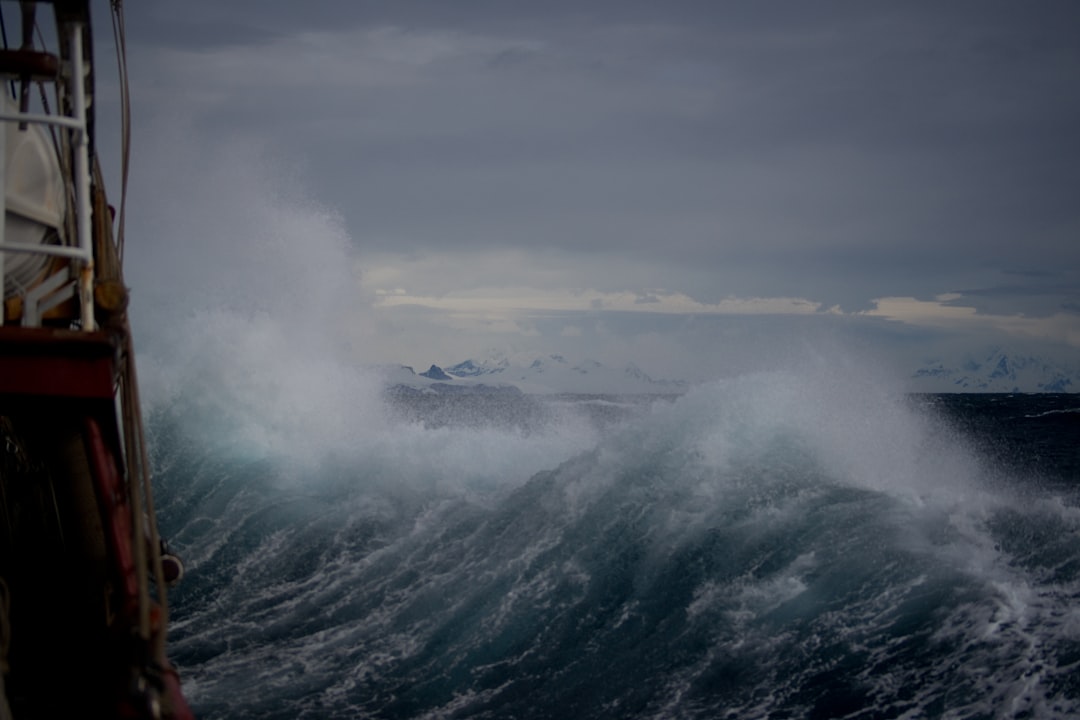What is it about?
The evolution and dynamics of an initially Gaussian baroclinic vortex embedded in a resting stratification environment are investigated with a three-dimensional primitive equation model. The evolution and propagation of the vortex is affected by planetary vorticity gradient, nonlinearity accelerates the transfer of energy from low angular mode to high angular mode, and speeds up the propagation of eddy. A new finding is that a “double dipole” structure is observed with the development of vortex, which is located in the core and edge regions, respectively. Only eddies in a finite depth range can maintain synchronous motion, and the dispersive translation paths in all levels imply that initially aligned eddies finally develop into misaligned structures and lead the tilted axis. In contrast to the results in a previous study, eddies have southward drift irrespective of the vortex polarity. The eddies in the upper level maintain strong stability; in the middle depths, eddies decay rapidly where they undergo mixed barotropic and baroclinic instabilities. The energy budget analysis demonstrates the complex energy conversion between eddy and angular modes.a set of numerical simulation has been performed to examine the role of parameter space (Froude-Rossby number) on evolution of eddy. Burger number is the most important factor affecting the pattern of eddy evolution.
Featured Image

Photo by Joe Green on Unsplash
Why is it important?
Vortices in a stratified ocean have a structure that is essentially 3D. Their generation, decay, longevity, stability, size and so on are common questions in the ocean dynamical study. However, much knowledge on the evolution of eddies comes from studies in which an eddy is confined to an active layer, uing a simpler model.Such models lack many of the complexities associated with primitive equations, so 3D Vortices in rotating, stratified fluids are subject to subtle physical processes that have not yet been investigated in detail and are thus not fully understood.To avoid this limitation, The paper try to study evolution of 3D isolated eddy based on a primitive equation model.
Perspectives
Eddy structure in the university is fascinating ! writing this artical was a great pleasure from experiment design, data analysis to writing with co-authors. This article lead to 3D baroclinic and ultimately to a greater involvement in oceanic eddy research.
GuangHong Liao
Hohai University
Read the Original
This page is a summary of: Three-Dimensional Baroclinic Eddies in the Ocean: Evolution, Propagation, Overall Structures, and Angular Models, Journal of Physical Oceanography, October 2019, American Meteorological Society,
DOI: 10.1175/jpo-d-18-0237.1.
You can read the full text:
Contributors
The following have contributed to this page










